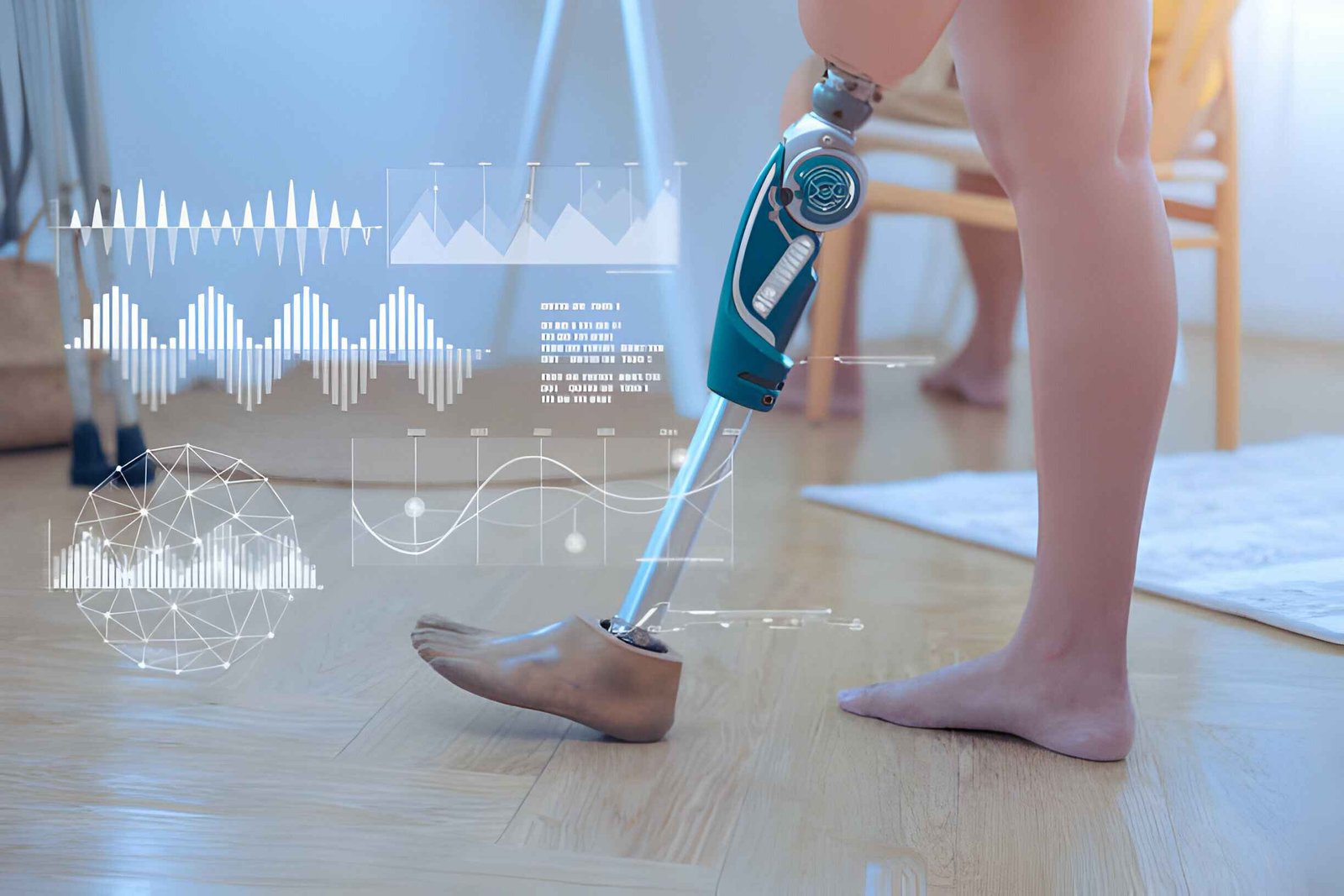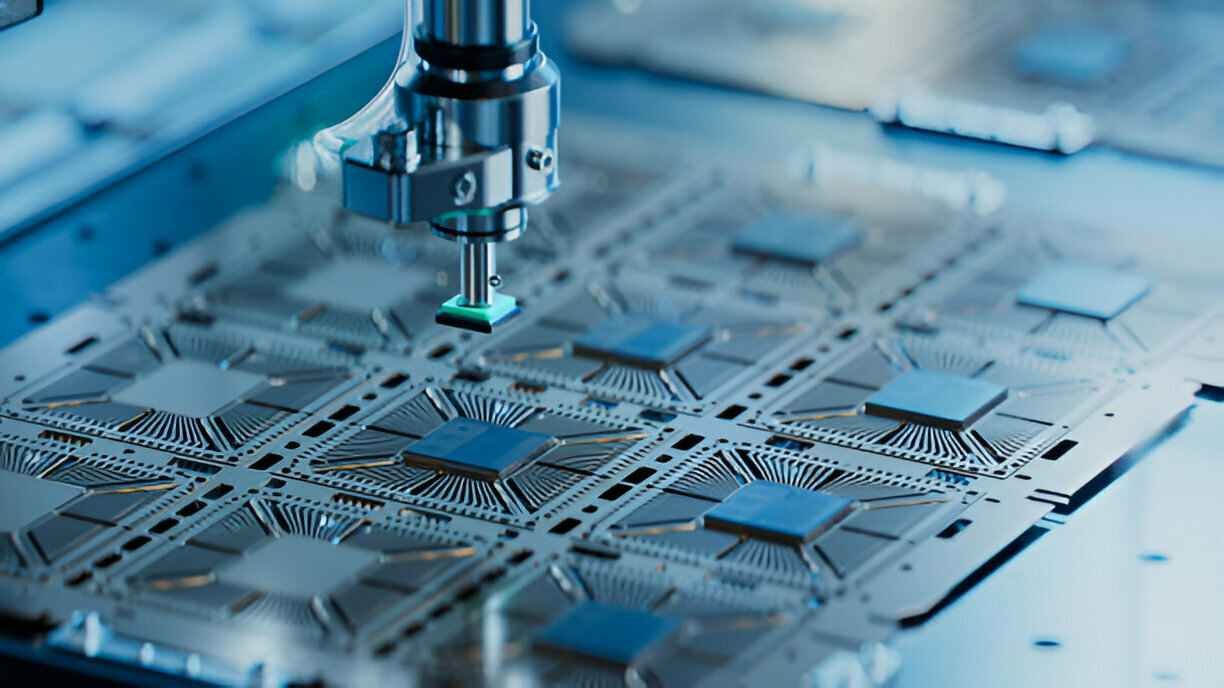Space exploration has long captured the imagination of humanity. Over the centuries and our understanding of the cosmos has evolved dramatically, fueled by advancements in technology. From ancient astronomers gazing at the stars to modern space probes delving into the depths of our solar system and each technological leap has brought us closer to unraveling the mysteries of the universe. In this exploration, we’ll delve into why our knowledge of space increases with New Technology Expands and examining key innovations and their impact on our cosmic understanding.
New Technology Expands Telescopes: Peering into the Celestial Realm
Telescopes are perhaps the most iconic instruments of space exploration. From Galileo of rudimentary telescope in the 17th century to the Hubble Space Telescope orbiting Earth today. Further, these devices have revolutionized our view of the cosmos.
Hubble Space Telescope: Launched in 1990 and the Hubble Space Telescope has provided stunning images of celestial objects. Expanded our understanding of galaxy formation, & revealed the vastness of the universe.
Space Probes: Exploring the Final Frontier
Beyond Earth’s atmosphere and space probes serve as our eyes and ears in the vastness of space. These robotic explorers venture to distant planets, moons, & asteroids, gathering invaluable data that deepens our understanding of planetary formation, geology, & potential for life.
Voyager Probes: Launched in the 1970s. The Voyager probes have ventured beyond our solar system and providing insights into the outer planets & interstellar space.
Mars Rovers: Rovers like Curiosity & Perseverance have revolutionized our knowledge of Mars and uncovering evidence of ancient water. Studying the planet’s geology, & searching for signs of past or present life.
Satellite Technology: Monitoring Earth and Beyond
They provide vital data on climate patterns and environmental changes, and the impact of human activity on Earth’s ecosystems.
Hubble and Beyond: Satellites like the Hubble Space Telescope and the upcoming James Webb Space Telescope showcase the power of space-based observatories and free from the distortion of Earth’s atmosphere.
Computational Advances: Analyzing Big Data
In parallel with hardware advancements and computational technologies have transformed how we analyze and interpret vast amounts of astronomical data. Machine learning algorithms and data visualization techniques, and super computing capabilities enable astronomers to sift through complex datasets & uncover hidden patterns.
Data Mining: Automated algorithms sift through massive datasets from telescopes & probes, identifying celestial objects, classifying stars, & discovering new phenomena.
Future Frontiers: Quantum Technologies and Beyond
Looking ahead and emerging technologies hold the promise of even greater revelations in space exploration.
Quantum Computing: Quantum computers could revolutionize how we process & analyze complex astronomical data, accelerating discoveries & simulations.
Conclusion New Technology Expands
The journey of space exploration is intricately intertwined with new Technology expands progress. Each innovation and from telescopes to space probes to advanced computing and expands our cosmic horizons and deepens our understanding of the universe. As we stand on the brink of new frontiers with quantum technologies and space-based interferometry and the quest to unveil the cosmos continues, fueled by human curiosity & the relentless march of innovation.





